QuestionI have found PINK bristle worms in my aquarium and I am having trouble identifying if they are normal bristle worms or fire bristle worms? Do you have any advise on identifying them? Or if I should simply try and rid the tank or purchase bristle worm eating fish before I introduce my corals and polyps? Any advise would be greatly appreciated.
AnswerHi there Lindsay,
The name "bristleworm" is a label loosely applied to describe all Polychaete class marine worms. First of all polychaete worms/bristle worms are not all bad. They do have benefits for your system when they are kept from over populating and over running the system. They are great scavengers, eating detritus waste in the environment. They usually come in on live rock from the lfs or cured/cycled rock that gets shipped wet. Primarily it is the Pherecardia, Hermodice, and other related species that reefers need to be concerned about. These Fireworms are roving(errant) eating machines/carnivores that can cause much damage in a reef tank. They are not selective about what they eat, but usually prey on all types of slow moving and sessile(attached or stationary) invertebrates, such as corals, crustaceans, mollusks, sedentary type as well as other errant type bristleworms. They are extremely aggressive predators, they may even eat small fish should the opportunity present itself. The fire bristle worm is oddly enough is named so because of the venomous spines/hairs covering the body and a generally solid red color to the body. If the ones in your system seem to be pink, brown, or a predominantly brown multicolor worm they are not as much of a worry, probably from the Eurythoe genus.
Removal of any bristle worms is a fairly simple trapping method, or a painstaking tweezer/rock removal method. You van take a 6 inch long piece of pvc, drill small holes(eight of an inch to 3 16ths of an inch) on all sides, no uniformity, in many places. Place a food source, krill, shrimp, scallop etc inside and cap the ends. At night sink it in your aquarium. In the morning when you get up remove it and dump the bristle worms out. You can also use a nylon stocking in this manner. It will take you a few weeks repeating this process each night, but this is the easiest method for cutting the population. You can also remove live rock a piece at a time, place it on a sheet or piece of plastic and use tweezers to remove them. Pain in the rear! As they are usually quick to zip into a hole when you try to nab them.
There are several predators that can be used to help prevent bristleworms from overtaking a tank. However, controlling the proliferation of these pests is much easier than eliminating an already existing population. The most commonly used means of biological control are the Arrow Crab(Stenorhynchus Seticornis) and the Coral Banded Shrimp(Stenopus Hispidus). These crustaceans have been known to dine on bristleworms. Unfortunately, they only eat the occasional polychaete.
There are certain fish species that do a more effective job at bristleworm eradication. Many wrasses of the genus Halichoeres readily dine on them. One of the most popular bristleworm predators is the Tailspot Wrasse(Halichoeres Melanurus). There are other wrasses from other genera that eat them as well, including the Bird Wrasse(Gomphosus Varius), the Maori Wrasse(Cheilinus Oxycephalus) and the Sunset Wrasse(Thalassoma Lutescens). There are many Dottybacks that will eat bristleworms as well. These include Springer's Dottyback(Pseudochromis Springeri), the Neon Arabian Dottyback(Pseudochromis Aldabraensis) and the Sunrise Dottyback (Pseudochromis Flavivertex). Whatever you choose, if you choose, a predator for the system, make sure it's a choice that fits into the community in place. Well I hope this helps, let me know if you have any more questions or if I can help further. Good luck!

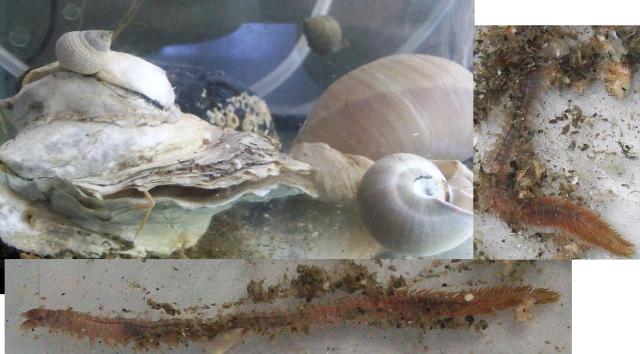 Bristle worms (I think)
Question
My tank
Memorial day weekend my family and I w
Bristle worms (I think)
Question
My tank
Memorial day weekend my family and I w
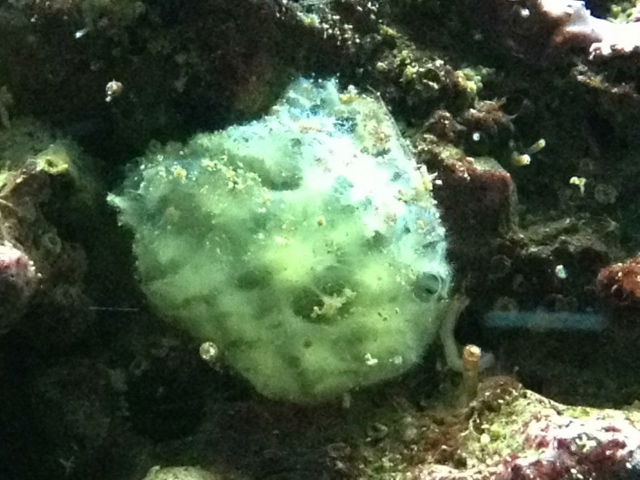 Growth in tank
QuestionQUESTION: My 55 gallon tank (4years old) has be
Growth in tank
QuestionQUESTION: My 55 gallon tank (4years old) has be
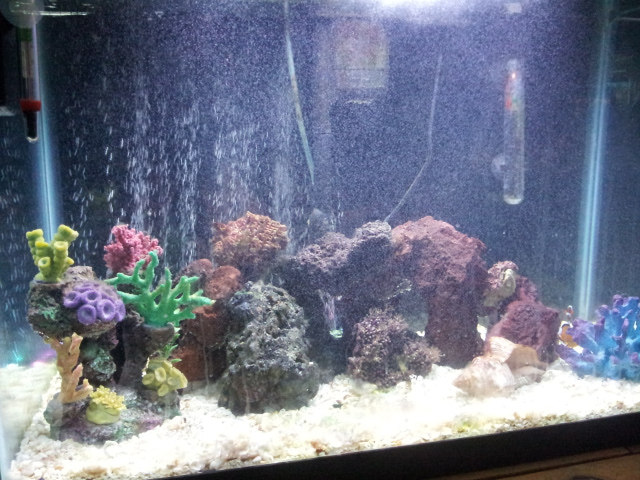 shell fish trouble
Question
my tank
Hey there, im pretty new at the
shell fish trouble
Question
my tank
Hey there, im pretty new at the
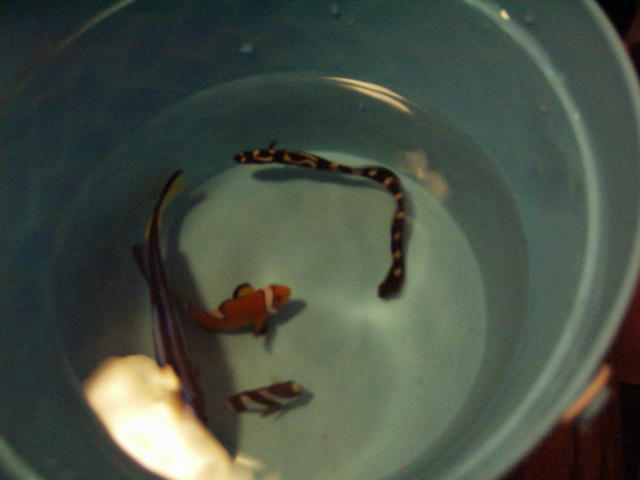 fish id
QuestionQUESTION: I have a long slender fish in my salt
fish id
QuestionQUESTION: I have a long slender fish in my salt
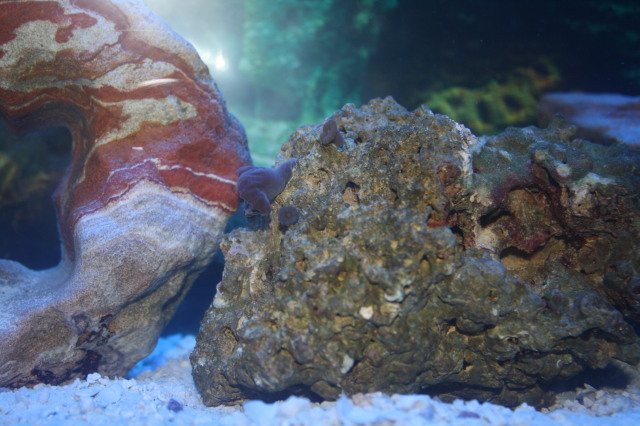 Growth on live Rock
Question
Pic of live rock
Can someone please tell me wh
Growth on live Rock
Question
Pic of live rock
Can someone please tell me wh